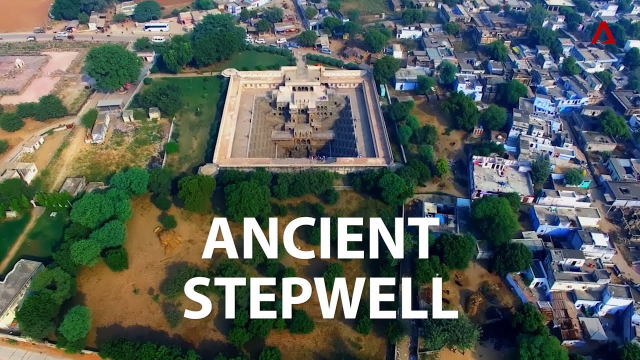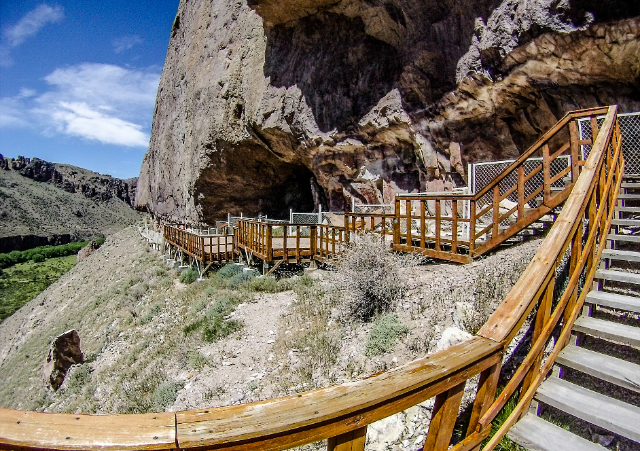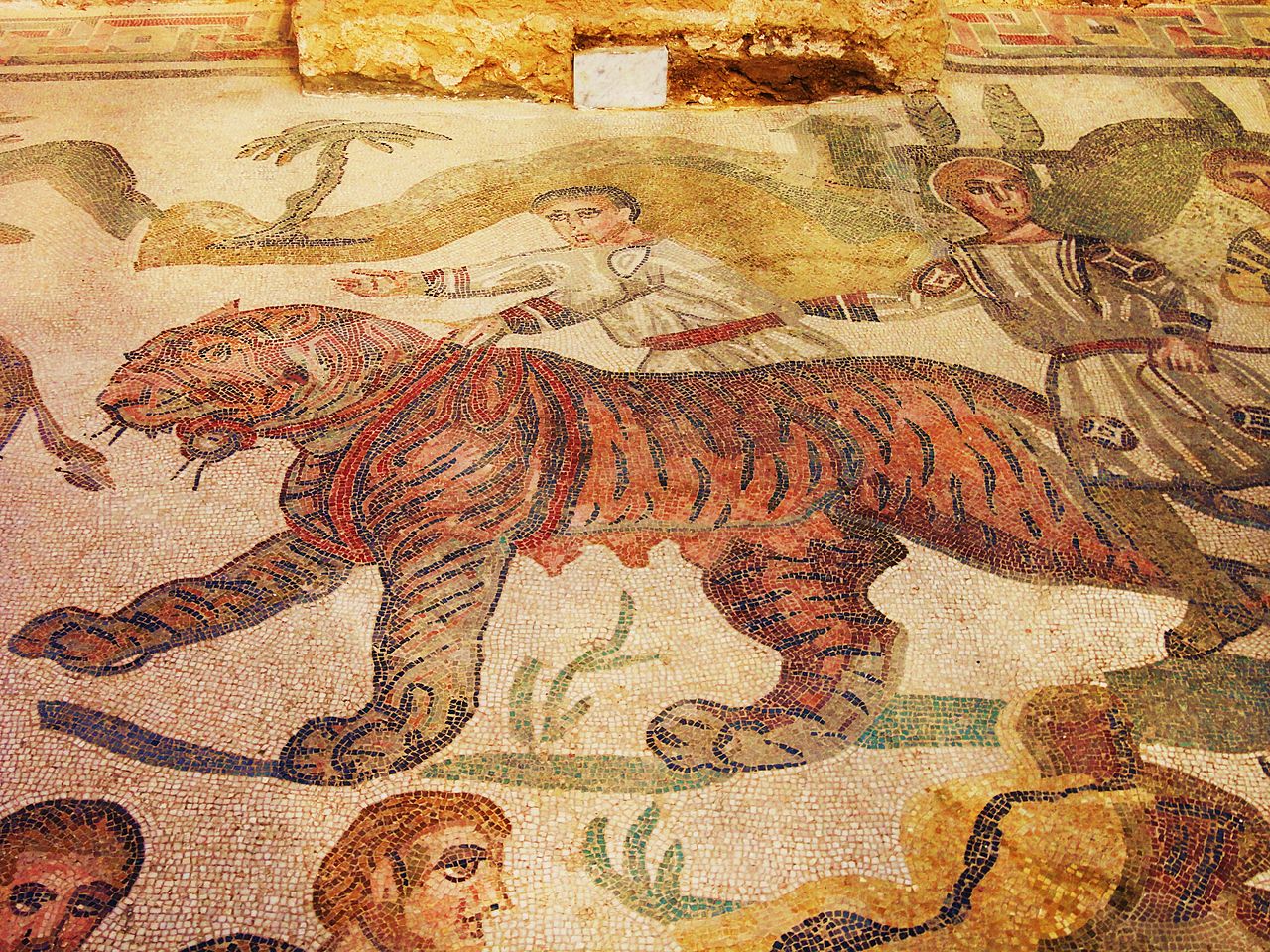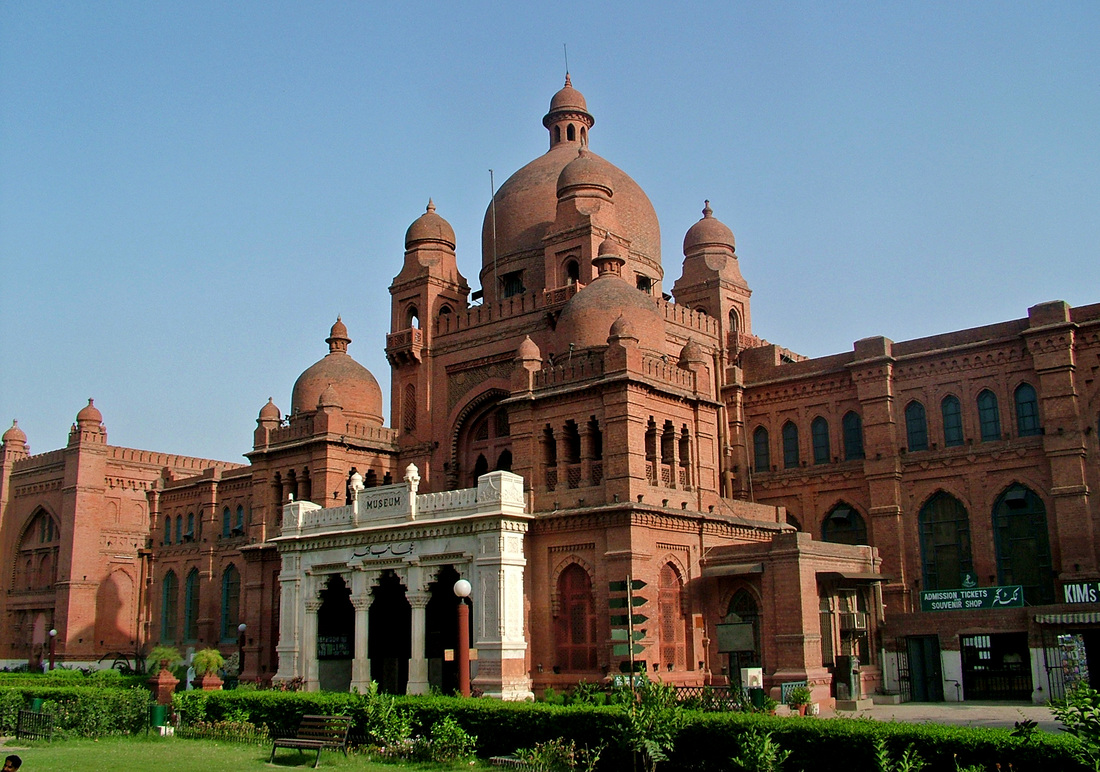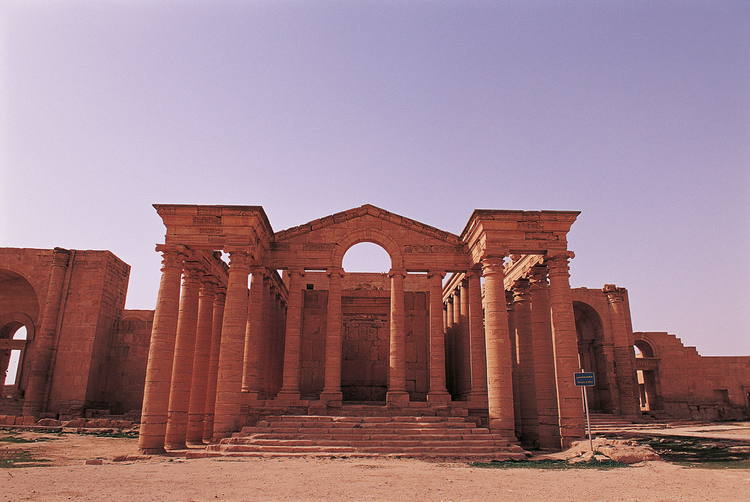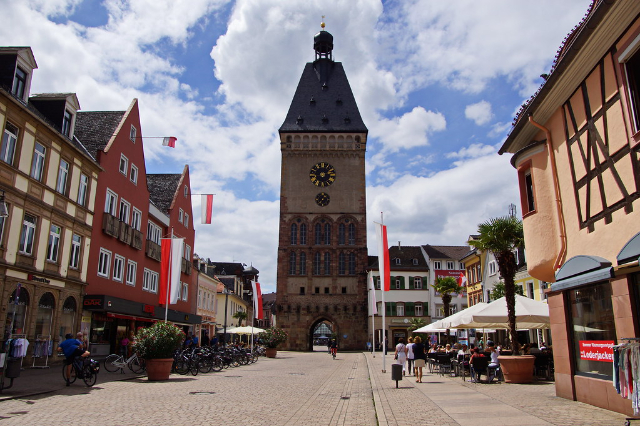In the heart of Rajasthan, India, lies an architectural marvel that seems almost surreal in its complexity and scale—Chand Baori, one of the oldest and most visually striking stepwells in the world. Located in the village of Abhaneri, near Jaipur, this ancient structure plunges approximately 100 feet into the ground and is adorned with 3,500 symmetrical steps, arranged in 13 tiers. Built between the 8th and 9th centuries, Chand Baori was not only a practical solution to the region’s water scarcity but also a monument to human ingenuity and artistry.
From a distance, the well appears as a geometrical enigma, a maze-like formation that confounds and dazzles. As you draw nearer, its utilitarian purpose becomes apparent. The stepwell was designed to conserve as much water as possible during the dry season, serving as a critical water source for the surrounding communities. However, Chand Baori transcends mere functionality; its ornate carvings and the play of light and shadow on the steps transform it into a work of art, a sculpture carved into the Earth.
Stepwells like Chand Baori were often gathering spots, a respite from the scorching heat where locals could come for water, socialize, and even engage in religious rituals. The lower levels often remain cool even in the heat of summer, thanks to the architectural brilliance of the stepwell’s design.
Beside the well itself stands a temple dedicated to Harshat Mata, the goddess of joy and happiness. Legend has it that the goddess’s divine powers bless the well’s waters. This temple adds yet another layer of mystique to the site, which draws not only tourists but also those interested in architecture, history, and spirituality.
Chand Baori is more than a historical monument; it is a testimony to the ingenuity of the past, and a lesson in sustainable water management, an increasingly relevant topic as the world grapples with climate change.
As you descend the steps, there’s a palpable sense of journeying back in time, of being enveloped by history and the stories of all those who have come here before. The stepwell is both ethereal and concrete, both a poetic expression and a utilitarian construct—a symbol of how humanity can coexist and even thrive in challenging environmental conditions.
In summary, a visit to Chand Baori is not just an excursion to an archaeological site, but an immersion into a fascinating interplay of history, architecture, and human resilience. Each step you take is a step through the annals of time, a tribute to the visionaries who conceived this awe-inspiring structure nearly a millennium ago.
